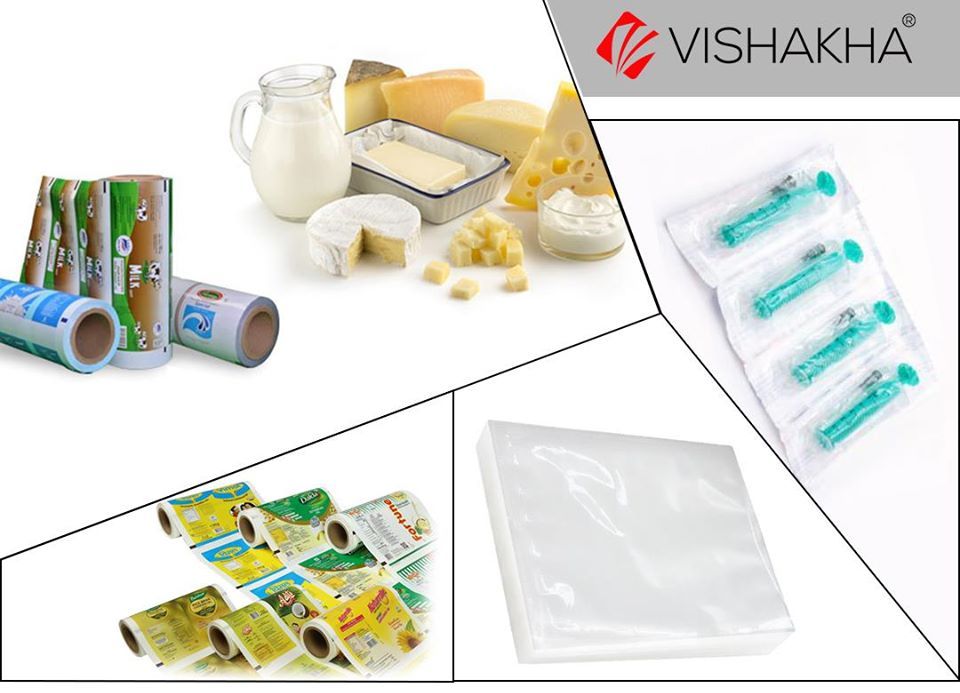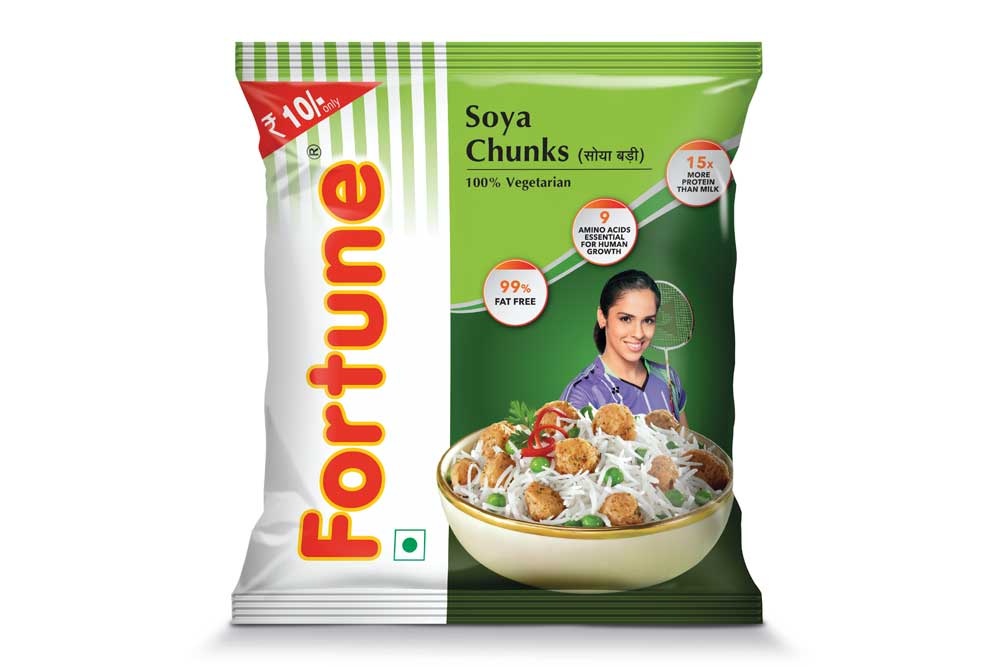June 1, 2022
The global market for flexible packaging films is a growing industry with a lot of potential. From food and beverage to industrial goods, this market is undergoing rapid changes in technology and consumer behavior. This article outlines some of these trends and how they affect the global market for flexible packaging films.
How is Growth of Food & Beverage Market of Flexible Packaging Films?
The flexible packaging films market is expected to experience a considerable growth rate in the forecast period. Increasing disposable income and improving food and beverage industries are expected to drive the growth of the market.
The global flexible packaging films market is segmented into North America, Europe, Latin America, and Rest of World. The market is further categorized into polyethylene, low density polyethylene, polyvinylidene chloride, and polypropylene.
The market is also segmented by end use industry. Food & beverage packaging is the largest category, followed by bakery & confectionery, pharmaceuticals, and household care.
Food & beverage packaging films are used for various foods. This type of packaging protects the food from deterioration, contamination, and pathogens. Its shelf life is also prolonged. Moreover, it helps to prevent the loss of color, aroma, and nutrients.
Flexible packaging films are used to package different items and are widely employed in the global packaging market. It is lightweight and does not require much space for storage. In addition, it does not absorb moisture or humidity. However, the cost of manufacturing these films is quite high. Thus, it is only available in higher economic regions.
During the forecast period, China is expected to dominate the global food & beverage flexible packaging films market. Due to the rapid urbanization in the country, the demand for processed food is also expected to increase. Furthermore, growing consumer inclination towards natural products is also driving the packaging industry in this region.
Increasing awareness about food safety is another major driver of the market. Consumers are looking for convenience and safety in the packaging of food. Hence, manufacturers are investing heavily in R&D activities to come up with innovative solutions. These innovations are aimed at providing affordable solutions to meet customer requirements.
Can Industrial Goods be Packed with Flexible Packaging Films?
Flexible packaging films are widely used in the industrial goods industry to enhance the shelf life of perishable products. These packaging films have a number of advantages, such as resealability, safety, and durability. They also encourage sustainability, minimizing the cost of packaging.
Flexible packaging films are available in a wide variety of forms and materials. Some of the most popular materials include polyethylene, polyolefin, and LDPE. Each of these has specific properties, which make them suitable for different industries. For example, polyethylene is a strong, lightweight, and durable film. Moreover, it provides a moisture and oxygen barrier. It is also recyclable.
Another popular type of flexible packaging is stretch films. This is an excellent material for protecting single products, conditioning products on pallets, and joining two or more products together. In addition, it is a lightweight, durable, and recyclable material.
A third form of flexible packaging is stand-up pouches. Stand-up pouches are ideal for high-liquid food products, such as meats, beverages, sauces, and soups. Additionally, these pouches can stand up on their own, which makes them an easy replacement for rigid containers.
Another form of flexible packaging is a bag-in-a-box. These pouches are essentially pouches, but they’re made up of three formed sides. They are often used in food and beverages, as well as pesticides.
Lastly, there are multiwall paper bags, which are commonly used for foods, groceries, and chemicals. Multiwall paper is typically composed of paper and polymer films. The growth of the packaging films industry is attributed to the increased demand for packaged consumer goods.
Flexible Packaging Films for Daily Usage Products
Flexible packaging films are a type of plastic sheeting that can be used to hold a wide variety of foods and beverages. They are a great alternative to standard packaging because they can be custom-made to fit any product.
The types of flexible packaging film available vary in durability, flexibility, barrier properties, and cost. All have signature properties, though, and they can be used for a variety of products. For example, polypropylene is a leading flexible packaging film, which offers clear printing results, good moisture-proof properties, and excellent barrier control.
Other materials include aluminium foil, which provides a high-quality barrier against moisture. This is particularly useful in the food industry, where it helps to prevent moisture from seeping into the food. However, it is also widely used in the chemical and pharmaceutical industries.
Polyvinyl Chloride is one of the most commonly manufactured synthetic plastic polymers. It is often used for its impact resistance, but is also a good barrier against certain chemicals.
Linear low-density polyethylene (LLDPE) is another commonly used type of plastic film. It is also a great barrier to moisture and chemicals, and is less permeable than other types of plastic films.
The global flexible packaging market is segmented by material, region, and packaging type. The highest share of the flexible packaging market was attributed to the food & beverage industry in 2022.
COVID-19 Epidemic Impact on Flexible Packaging Films
The COVID-19 epidemic has had a considerable impact on the flexible packaging films market. The pandemic has affected not only the food and beverage industry but also the pharmaceutical and manufacturing industries. It has caused drastic changes in consumer lifestyles.
With the public awareness about corona on surfaces, people took precautions to avoid contact with the infectious particles. As a result, the use of disinfectant sprays and wipes increased.
In addition to the sanitary measures, food manufacturers were forced to take a hard look at the packaging materials that they used. This meant rethinking their strategies and implementing new techniques in their production process.
Some reliable studies have shown that a film can eliminate the viral particles in just 15 minutes. These films can be recycled multiple times. They are less harmful to the environment and offer a more environmentally sound alternative to plastic substitutes.
One of the most notable trends in the flexible film packaging industry is the use of high barrier products. Such films are capable of providing a total barrier to analytes, UV degradation and reagents.
Another trend in the industry is the rise of e-commerce. Online sales channels have emerged as the preferred sales channel for consumers around the world.
With the increase in the demand for packaging solutions, the emergence of innovative and affordable solutions has become essential. Most companies in the industry are rethinking their strategies to meet the challenge.
Traditionally, the focus of food packaging materials has been on food safety. However, the COVID-19 pandemic has brought into focus the importance of antiviral materials in food packaging.
Rapid Changes in Technology
The global flexible packaging films market has been one of the fastest growing segments over the last 10 years. This growth was largely attributed to the introduction of new products and technologies, the need for new materials, and increased consumer awareness.
While the consumer segment remains the largest driver of industry growth, the industry is also seeing significant opportunities to grow in the healthcare and pharmaceutical industries. As the demand for packaged food continues to increase, the industry is also seeing increasing adoption of fortified packaging to improve shelf life and protect freshness.
During the past decade, the plastic packaging market has evolved from mono-layer wraps to multi-layer films. These films offer distinct layers of heteropolymers that offer mechanical and physical features that enhance their functionality and sustainability.
These films are a cost-effective alternative to rigid plastic packs. They offer a high barrier to oxygen and moisture, enabling them to protect foods and other goods from spoilage. In addition, they provide an attractive aesthetic appeal that helps attract consumers.
Flexible packaging is an integral part of the supply chain. It helps companies to develop a unique brand identity and provides consumers with convenience, cost savings, and extended shelf life.
The Asia Pacific region is the largest regional market for flexible packaging films. It is forecast to lead the global market through the 2023 period. China and Japan are the largest consumer markets, but other countries, such as India and Mexico, are also expected to grow in this market.
Demand for packaged food is driven by a growing population and increasing disposable income in Asia. Moreover, the demand for canned food is increasing in Latin America.
In Conclusion
Flexible packaging film is inexpensive and has a high gloss. In addition, it has excellent heat-seal strength and puncture resistance. It is also widely used in the food and chemical industries. Its excellent barrier against moisture makes it a great choice for food packaging. Also, it has a relatively low cost of production, making it an attractive option for a variety of products.




